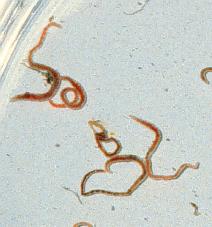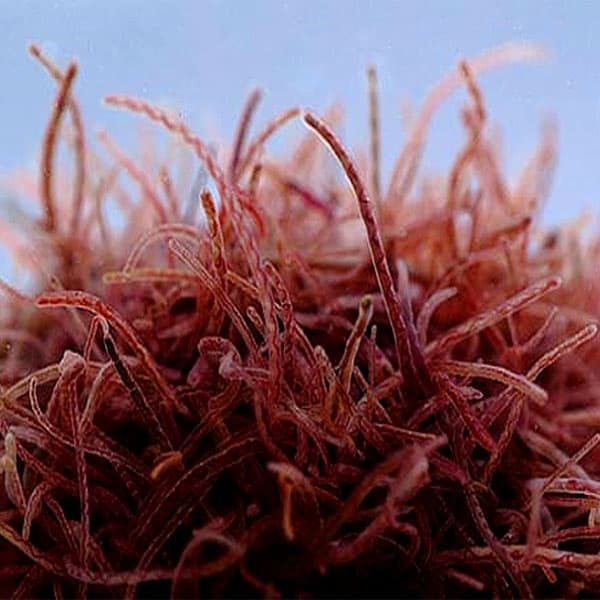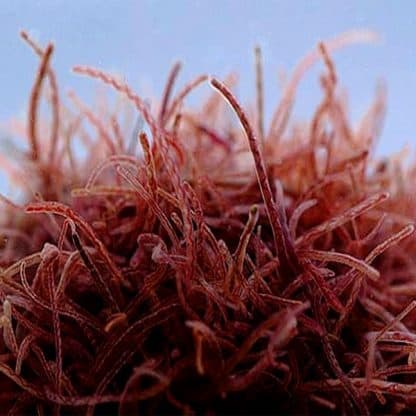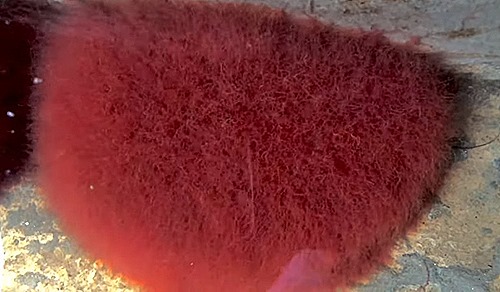

Economic analysis of the trial gave Marginal Rate of Return (MRR) of N5.50k in favour of T1. At harvest (10th week), there were more numbers of small (4-6 cm) and large (8-12 cm) sizes of juveniles in T2 than T1 whereas numbers of medium (6-8 cm) size juveniles in T1 almost doubled that of T2 at a significant level (P ˂ 0.05). Survival rate from fingerlings to juveniles at the 10th week significantly (P ˂ 0.05) reduced to 62.33 ± 12.73% (T1) and 40.55 ± 8.44% (T2) respectively. The percentage hatching was high, 78.33 ± 4.08% and 76.92 ± 3.19% in T1 and T2 respectively but not significant (P ˃ 0.05). Sorting of fish were done on the 14th, 21st, 28th, 42nd, 56th and 70th day after hatching. Fertilized eggs were shared weight for weight between T1 and T2 and normal management procedures were followed. Broodstocks of 1500 ± 10.52 g were used for breeding. T1 utilized sorting sieves while T2 used hand manual sorting. Two hatching troughs served as Treatment 1 (T1) and Treatment 2 (T2) in each farm. The trials were set up in six farms across the State. They usually inhabit the bottom sediments of lakes, rivers, and occasionally sewer lines and outlets.Sorting sieves were introduced into the hatchery management of Clarias gariepinus fry in Lagos State to improve on the survival rate and growth performance of C. Encystment may also function in the dispersal of the worm. tubifex can survive drought and food shortage. By forming a protective cyst and lowering its metabolic rate, T. They can also survive in areas heavily polluted with organic matter that almost no other species can endure.


The worms can survive with little oxygen by waving hemoglobin-rich tail ends to exploit all available oxygen, and can exchange carbon dioxide and oxygen through their thin skins, in a manner similar to frogs. Micro-plastic ingestion by Tubifex worms acts as a significant risk for trophic transfer and biomagnification of microplastics up the aquatic food chain. These worms ingest sediments, selectively digest bacteria, and absorb molecules through their body walls. Tubifex probably includes several species, but distinguishing between them is difficult because the reproductive organs, commonly used in species identification, are resorbed after mating, and because the external characteristics of the worm vary with changes in salinity. Tubifex tubifex, also called the sludge worm or sewage worm, is a species of tubificid segmented worm which inhabits the sediments of lakes and rivers on several continents.

Tubifex, in Aa River (north of France) in a polluted zone, circa 1990


 0 kommentar(er)
0 kommentar(er)
